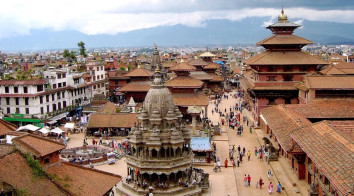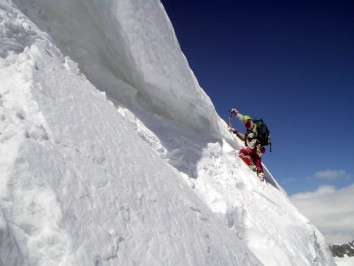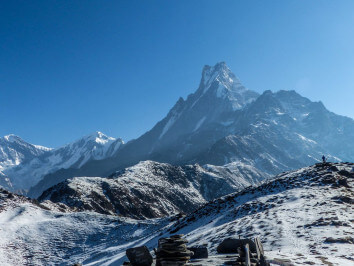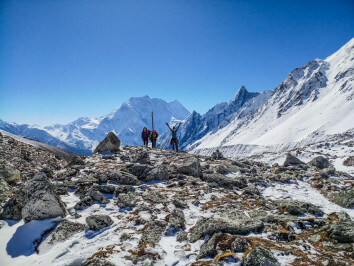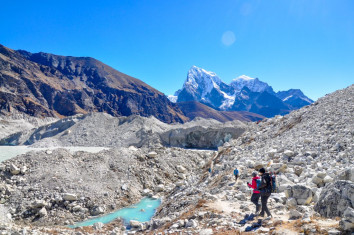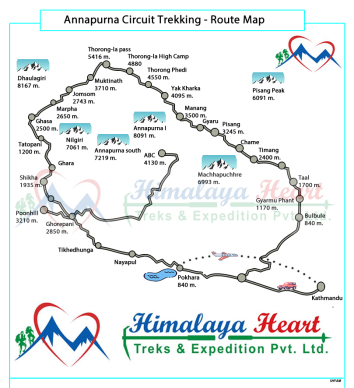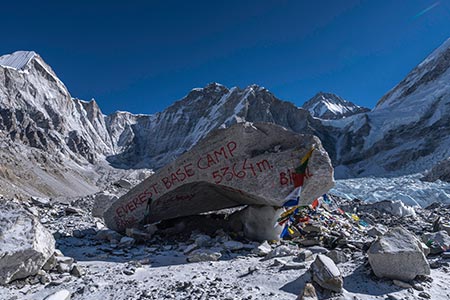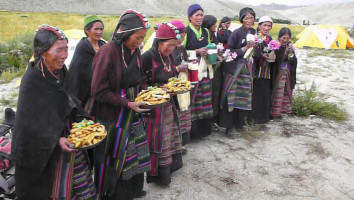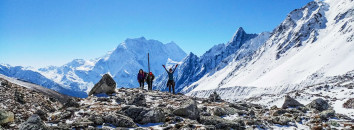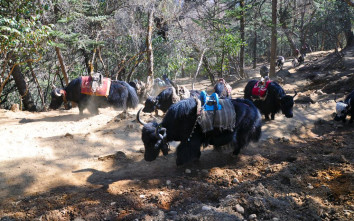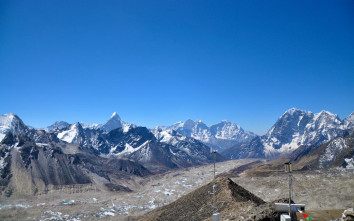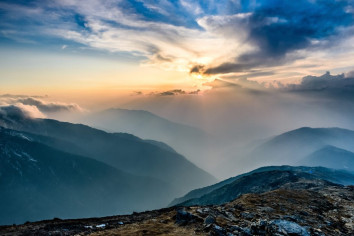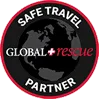Trekking Seasons in Nepal: Weather Guide for Every Adventurer
5th Nov, 2025
- himalayaheart

Nepal is a trekker’s paradise, drawing adventurers from around the globe to its legendary trails like Everest Base Camp, Annapurna Circuit, and Langtang Valley. But with Nepal’s diverse topography and distinct climate patterns, knowing when to go trekking is crucial to maximizing your experience.
Table of Contents
In this comprehensive Nepal trekking weather guide, we’ll break down the four main trekking seasons, highlight the best months for trekking, and help you choose the right time based on your goals and trail preferences.
Why Understanding Trekking Seasons in Nepal Matters
The Himalayas aren’t your average hiking destination. Weather in the mountains can be unpredictable, and each season brings different advantages and challenges. Picking the right trekking season in Nepal means better weather, clearer views, safer trails, and fewer logistical headaches.
Overview of Nepal’s Climate
Nepal has a diverse climate due to its elevation range—from lowland Terai (60m) to Mount Everest (8,848m). There are four main trekking seasons:
-
Spring (March to May)
-
Summer/Monsoon (June to August)
-
Autumn (September to November)
-
Winter (December to February)
Each season impacts temperature, visibility, trail conditions, and crowd levels.
Spring (March to May): The Blooming Trekking Season
Best For:
-
Mild temperatures
-
Blooming rhododendrons
-
Clear mountain views in April and May
Spring is one of the most popular trekking seasons in Nepal, especially for treks like Annapurna Base Camp and Everest Base Camp. The trails are alive with color as rhododendron forests bloom, and temperatures are pleasant—ranging from 16°C to 23°C in lower elevations.
Weather Conditions:
-
Mornings are usually clear
-
Afternoon clouds may form, especially in late May
-
Snow may still be present at high altitudes
Things to Consider:
-
Busy trails and tea houses
-
Flights to Lukla can be delayed due to spring fog
Summer / Monsoon (June to August): The Wet Season
Best For:
-
Fewer crowds
-
Lush green landscapes
-
Off-the-beaten-path treks (e.g., Upper Mustang, Dolpo)
Monsoon season in Nepal sees heavy rainfall, especially in the lower and central regions. While this is not the ideal time for classic treks, rain-shadow areas like Mustang and Dolpo remain relatively dry.
Weather Conditions:
-
High humidity and frequent rain showers
-
Cloudy skies obscure mountain views
-
Daytime temps in Kathmandu: 20°C – 30°C
Things to Consider:
-
Leech-infested trails
-
Landslides can block roads and trekking paths
-
Poor visibility for mountain flights
Autumn (September to November): The Best Trekking Season in Nepal
Best For:
-
Stable weather
-
Unbeatable mountain views
-
Peak trekking experience
Autumn is widely considered the best time to trek in Nepal. Post-monsoon skies are crystal clear, and temperatures are comfortably cool. October, in particular, is peak trekking season, ideal for EBC, Annapurna Circuit, Manaslu, and Langtang Valley treks.
Weather Conditions:
-
Clear skies and minimal rainfall
-
Crisp air and excellent visibility
-
Daytime temperatures between 15°C and 20°C at lower elevations
Things to Consider:
-
Most crowded season—book early
-
Higher prices for accommodation and guides
Winter (December to February): The Quiet Season
Best For:
-
Solitude and peaceful trails
-
Clear skies (especially in December and January)
-
Lower-elevation treks like Ghorepani, Chisapani, and Helambu
Winter trekking in Nepal is underrated. While higher-altitude treks like Thorong La or Everest Base Camp can be extremely cold and snow-covered, lower altitude regions are ideal and quiet.
Weather Conditions:
-
Cold mornings and nights; warm, sunny days
-
Snow above 3,000m
-
Temps can drop to -10°C or lower at high elevations
Things to Consider:
-
Risk of altitude pass closures (e.g., Thorong La, Kongma La)
-
Limited daylight hours
-
Pack appropriately for cold
Quick Comparison of Nepal Trekking Seasons
| Season | Weather | Visibility | Crowds | Recommended Treks |
|---|---|---|---|---|
| Spring (Mar–May) | Mild, flowering | Good | Moderate-High | EBC, Annapurna, Langtang |
| Summer (Jun–Aug) | Wet, humid | Poor | Low | Upper Mustang, Dolpo |
| Autumn (Sep–Nov) | Clear, stable | Excellent | High | All classic routes |
| Winter (Dec–Feb) | Cold, dry | Clear | Low | Low-altitude treks |
Tips for Choosing the Right Trekking Season in Nepal
-
First-time trekker? Opt for autumn or spring.
-
Hate crowds? Winter and monsoon offer solitude.
-
Want wildflowers? Spring is your season.
-
Avoid rain? Skip the summer unless visiting rain-shadow regions.
Packing Tips by Season
Spring/Autumn:
-
Layered clothing
-
UV protection (sunglasses, sunscreen)
-
Lightweight sleeping bag (rated to -10°C)
Monsoon:
-
Waterproof gear (poncho, boots, backpack cover)
-
Anti-leech socks
-
Quick-drying clothes
Winter:
-
Insulated jacket
-
Thermal base layers
-
Sleeping bag rated -15°C or lower
Final Thoughts: When Should You Trek in Nepal?
The best trekking season in Nepal depends on your personal preferences—whether it’s clear skies and crisp air in autumn or blooming forests in spring. No matter the season, Nepal’s trekking trails offer magical experiences year-round.
Planning ahead based on Nepal’s weather conditions ensures a safer, more enjoyable journey in the Himalayas.
Ready to Plan Your Trek?
Need help choosing a route or preparing for the weather? Contact a local trekking agency or check our detailed guides on:
-
Best Treks in Nepal for Beginners
-
What to Pack for a Nepal Trek
Recent From Blog

